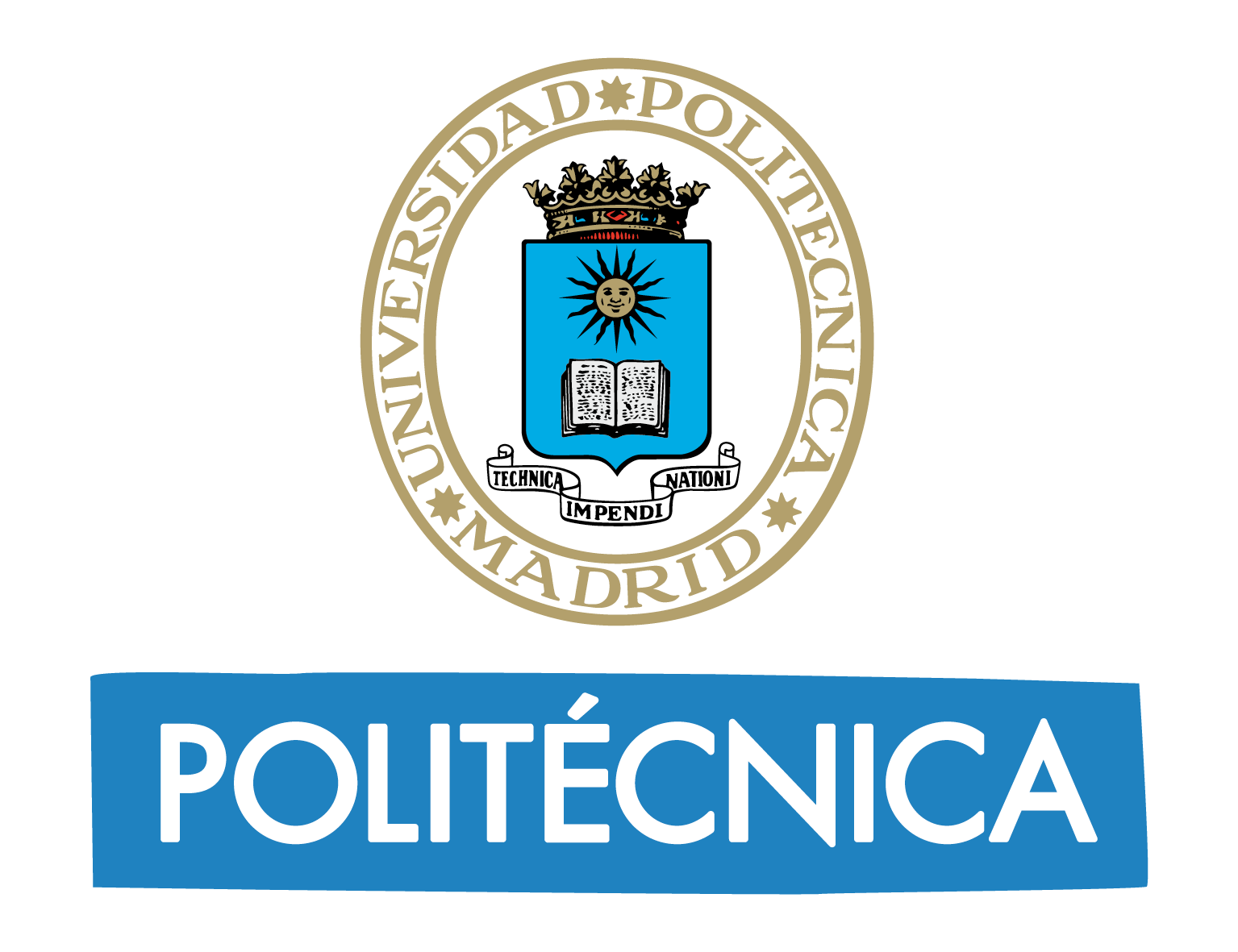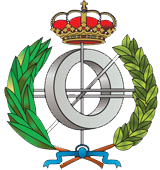Instructions on Enrolment for the Master in Software and Systems (2024/25)
When enroling, please make sure you comply with the constraints explained below. Students should carefully select the subjects that they intend to take in order to ensure that they will be able to complete the Master in Software and Systems on schedule (one year) and without having to enrol for more credits than necessary.
Enrolment credits
First, note the number of enrolment credits. The lastest UPM entry and enrolment policy states that the student must make annual enrolment and stipulates a minimum of 12 ECTS credits to enrol annually (or the necessary for completing the studies), although it is recommended by the programme that students enrol for from 27 to 33 ECTS credits per semester.
Students will be considered to study part-time when the credits enrolled in the academic year do not exceed 30 ECTS credits.
Remember that this is a 60 ECTS Master. Therefore, it is necessary to pass 45 ECTS between subjects and seminars plus 15 ECTS for the Master's Final Project.
Unit credits
Second, note that you have to earn a minimum number of credits per course unit (the subjects section lists the subjects of each course unit, the teaching language and the distribution of subjects by terms) as illustrated in the table below:
| Course Units | Minimum Number of Credits |
|---|---|
| Software Engineering | 8 |
| Analysis and Verification | 4 |
| Networked Services and Distributed Systems | 4 |
| Data and Information Analysis and Processing | 8 |
| Virtual Environments and Interaction | 4 |
| Scientific Research and Advanced Topics | 7 + 2 from "Scientific Method" |
Scientific Research and Advanced Topics
Regarding the course unit "Scientific Research and Advanced Topics", there are two types of subjects:
- Compulsory subjects: "Scientific Method" and from "Seminar 1 (mandatory)" to "Seminar 7 (mandatory)". The student must enrol "Scientific method" and the 7 seminar subjects.
- Optional subjects: from "Seminar 8 (optional)" to "Seminar 15 (optional)". Students may enrol any of these subjects once they have registered all the mandatory ones from the previous list.
Students may attend any of the proposed seminars throughout the course, to cover the total of credits enroled in Seminary subjects.
Competences
Third, your choice of subjects should ensure that by the end of the Master's degree course you will have acquired all the competences. The relationship between competences and subjects is specified in the following tables:
Specific subjects' competences
The list of Master subjects and the Specific Competences (CEM) that can be acquired are shown:
| Subjects | CEM1 | CEM2 | CEM3 | CEM4 | CEM5 | CEM6 | CEM7 | CEM8 | CEM9 |
|---|---|---|---|---|---|---|---|---|---|
| Management Strategies And Non-classical Software Development Methodologies | ✔ | ✔ | |||||||
| Experimentation in Software Engineering | ✔ | ✔ | |||||||
| 21st Century Challenges for Software Engineering | ✔ | ✔ | |||||||
| Software Project Management | ✔ | ||||||||
| Correctness by Construction | ✔ | ✔ | ✔ | ||||||
| Software Verification and Validation | ✔ | ✔ | ✔ | ||||||
| Cloud Computing And Big Data Ecosystems Design | ✔ | ✔ | ✔ | ||||||
| Service-Oriented Computing | ✔ | ✔ | ✔ | ||||||
| Real time Distributed Applications Development | ✔ | ✔ | ✔ | ||||||
| Advanced Numerical Computation | ✔ | ✔ | |||||||
| Knowledge Discovery in Databases | ✔ | ✔ | ✔ | ||||||
| Data Mining | ✔ | ||||||||
| Image Processing and Analysis | ✔ | ✔ | |||||||
| Computer Security | ✔ | ||||||||
| Intelligent Virtual Environments: Technologies, Architectures and Applications | ✔ | ✔ | |||||||
| Challenges of Accessible Computing for People with Functional Diversity | ✔ | ✔ | |||||||
| E-health: Promoting Active And Healthy Ageing | ✔ | ✔ |
General subjects' competences
The list of Master subjects and the General Competences (CG) that can be acquired are shown:
General competences of Scientific Method and MFP
The subject Science Method and the Master's Final Project allow to get the next General Competences (CG):
| Subjects | CG1 | CG3 | CG4 | CG5 | CG6 | CG8 | CG9 | CG10 | CG11 | CG13 | CG14 | CG15 | CG16 | CG18 | CG19 | CGI21 | CGI22 | CGI23 | CGI24 |
|---|---|---|---|---|---|---|---|---|---|---|---|---|---|---|---|---|---|---|---|
| Scientific Method | ✔ | ✔ | ✔ | ✔ | ✔ | ✔ | ✔ | ||||||||||||
| Master's Final Project | ✔ | ✔ | ✔ | ✔ | ✔ | ✔ | ✔ | ✔ | ✔ | ✔ | ✔ | ✔ | ✔ | ✔ |
Should you have any questions, please contact us at master.muss@fi.upm.es before enrolment.
Enrolment
Once the student has been admitted, the student must enrol in the Master by the dates specified. Students must make sure that they comply with the Master in Software and Systems restrictions on the choice of optional subjects as have been explained above.
Students may enrol on-line or at the Escuela Técnica Superior de Ingenieros Informáticos Postgraduate office.
The process to enrol online is:
- First, you must obtain credentials by opening a new UPM e-mail account (if you already have this email account, you may skip to the second step). Your initial password is the university PIN, which consists of the four digits corresponding to the student’s day and month of birth. We recommend changing your PIN after this step.
- Next, you must request an appointment.
- Finally, you must log in to the Self-Enrolment system and follow the steps to pay the fees.
For further information, please see the University Self-Enrolment web page or contact to Postgraduate office.
Any question, issue or incident with the enrolment should be reported to Postgraduate Office.


